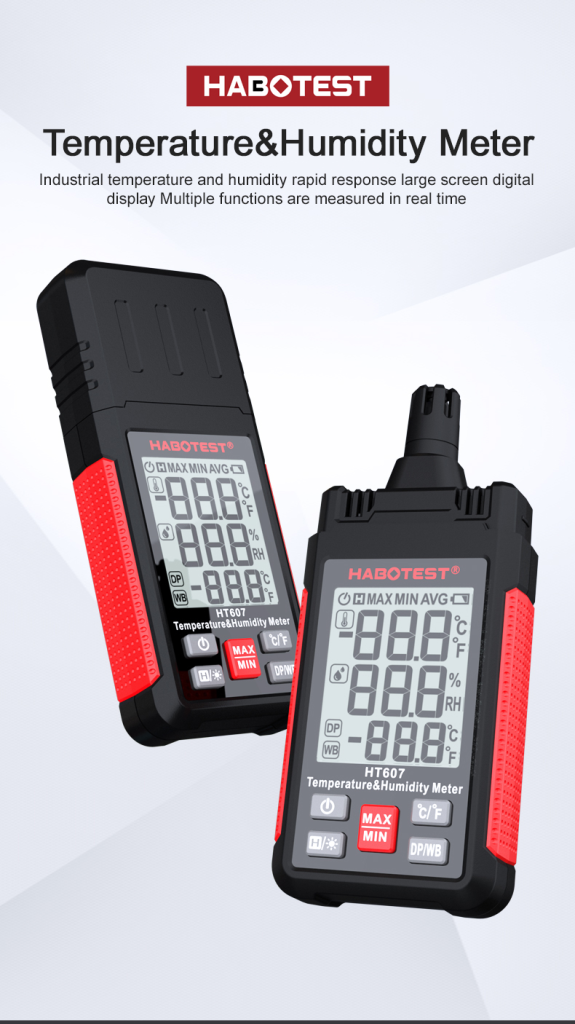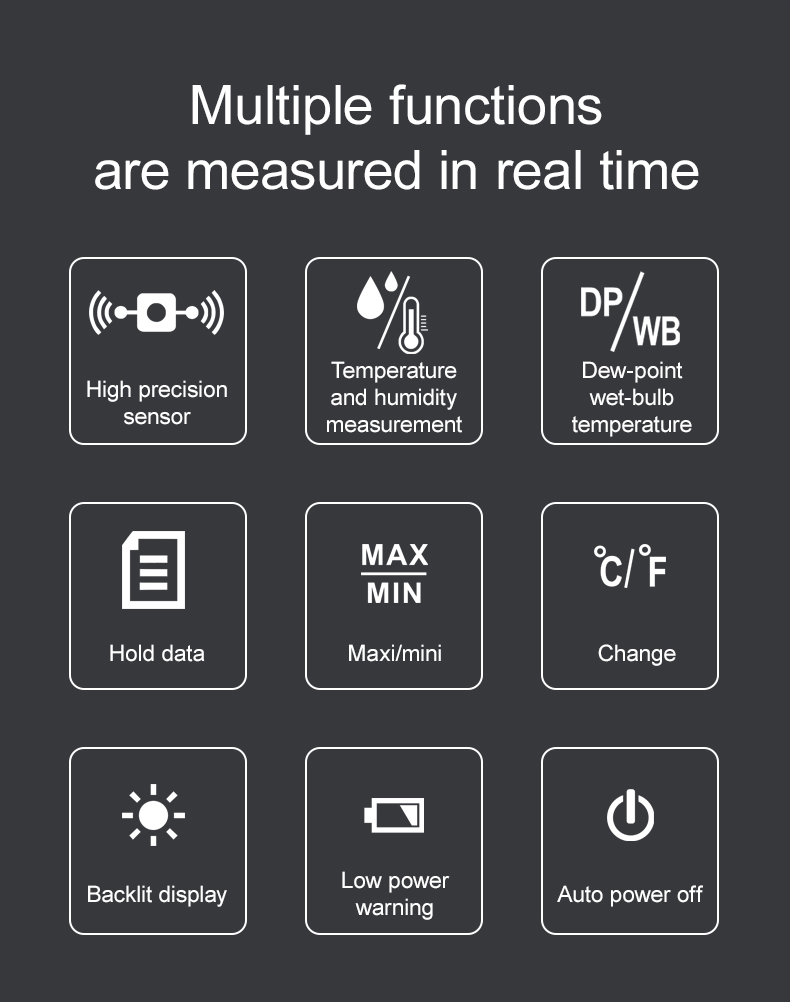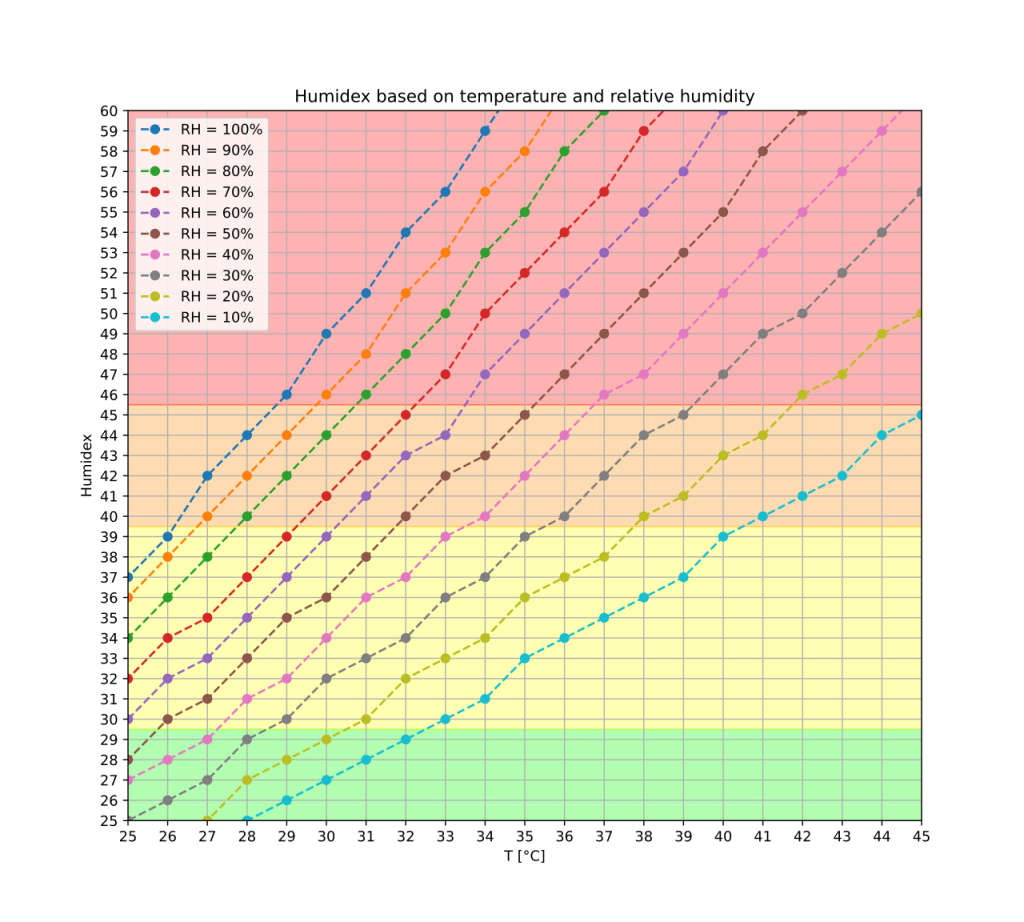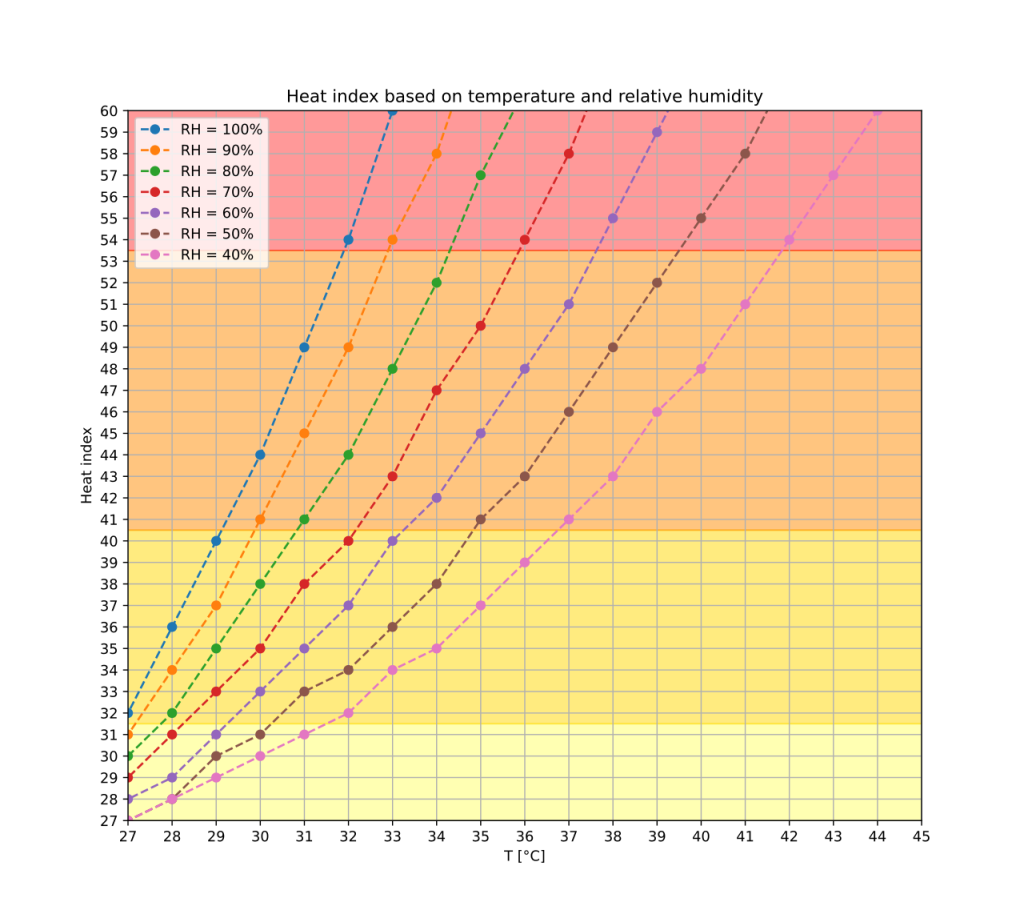WBT = wet-bulb temperature. Yes, I appreciate short, cryptic post titles. That said, there is a serious point to this post, with life-saving potential, related to heatwaves.


When a wet cloth/ wick covers the bulb of a thermometer, evaporation of the water cools the thermometer. This results in a WBT, which is equal to or below the dry temperature, measured on a thermometer without a wet cloth. The WBT reading reflects the humidity in the atmosphere. Humidity refers to the relative saturation of air with water. Low humidity means there is not much water in the air; high humidity means lots of water in the air. When the air can hold no more water, it is totally saturated. It is referred to as 100% relative humidity (RH). Air at a higher temperature is able to hold more water vapour, than air at a lower temperature.
A related concept is that of dew point = the temperature to which air must be cooled to become saturated with water vapor, at the current relative humidity. At, and below this temperature, water vapor condenses to form dew, a liquid state of water.
WBT is important because it can measure heat-stress conditions, that affect many people. In fact, a high WBT can kill them. This happened mainly from 2021-06-24 to 2021-07-01 in British Columbia. At 100% RH, the WBT will equal the dry temperature.
A combined dry and wet-bulb thermometer is referred to as a psychrometer. While analogue models are available, they require either calculations or the reading of graphs to determine values. One should not overestimate the ability of a person to perform even simple calculations, when they are potentially dying of heat stroke. Digital models can be purchased at relatively low cost that do all of the calculations automatically. The model illustrated above costs NOK 255 = US$ 26.38 = CA$ 33.72, including taxes and delivery charges to Norway (as of 2022-08-01). The quality of this particular model has not been evaluated.
At Cliff Cottage, we have recently received temperature and humidity sensors that will be part of our weather station, a subsystem of our home automation system. These components are considerably cheaper than the Habotest model, but require electrical and mechanical work, as well as programming, to implement as a system. Thus, the first iteration does not produce a cost effective system, may be frustrating to make, but will give satisfaction when completed.
From 2021-06-20 to 2021-07-29, the British Columbia Coroners Service, reported the following heat related deaths, in the table below. There are some who feel the number of deaths were under reported. Note that 445 of the 569 deaths (78%) occurred during the transition week, between June and July.
| Age Group | # of Deaths |
|---|---|
| <40 | 2 |
| 40-49 | 13 |
| 50-59 | 42 |
| 60-69 | 127 |
| 70-79 | 160 |
| 80-89 | 149 |
| 90+ | 76 |
| Total | 569 |
British Columbia, was only one of many jurisdictions, that faced heat challenges in 2021. Temperature records are being broken regularly, throughout the world. In the United States, every state and territory had a maximum temperature that exceeded 37 °C. Of these 46 entities, only six had recorded maximum temperatures below 40 °C. Four states, had maximum temperatures at or exceeding 50 °C: New Mexico, 50 °C; Nevada, 52 °C; Arizona, 53 °C; and, the highest, California, 57 °C. In Canada, Lytton, British Columbia, distinguished itself with 49.6 °C, on 2021-06-29, the maximum ever recorded in the country. The next day, a wildfire destroyed most of the town. In Norway, the highest temperature recorded is 35.6 °C, at Nesbyen, on 1970-06-20.
The challenge with these high temperature values, is that they do not take into consideration humidity, which determines how people experience heat. Some locations on planet Earth may be approaching values that prevent human survivability. The countries most affected are Saudi Arabia and other Arabian Gulf states, Pakistan, India and Australia. What is not fully appreciated, is that indoor climates in temperate zones, can also create conditions that kill people during heat waves.
The difference between WBT and dry temperature, measures how effective people can cool themselves by sweating. Admittedly, this is a simplification because, in addition to humidity and temperature, solar radiation and wind speed are other factors that affect survivability. Yet, WBT is especially important in indoor environments, where deaths often occur in heatwaves.
Sweating above WBT will no longer cool down a person, but lead to a steady rise in body temperature. This is the limit of human adaptability to extreme heat. If a person cannot escape these conditions, their body’s core temperature will rise beyond the survivable range, and organs will start to fail.
The critical WBT value for humans was usually considered to be 35 °C, indicating a situation where a healthy person could survive for six hours. One representation of this is an air temperature of 40 °C, and a relative humidity of 75%. This value comes from a 2010 theoretical study. However, research by Vecellio et al., found that this value only applied to young healthy people. Real-world data indicates that the critical WBT value is closer to 31.5 °C.
This means that the numbers of people exposed to potentially deadly combinations of heat and humidity across the world would be vastly higher than previously thought. Many older and compromised people will experience dangerous conditions far below the threshold WBT.
In Canada, the humidex = humidity index has been used since 1965 to describe how hot the weather feels to the average person. It is a nominally dimensionless quantity, calculated from °C and the dew point. Values of: 20 to 29: little to no discomfort; 30 to 39: some discomfort; 40 to 45: great discomfort, avoid exertion; above 45: dangerous; heat stroke possible/ probable.

The American Heat Index (HI) was developed from the Humidex in 1979. It is calculated using °F or °C and relative humidity. It makes assumptions about: human body mass, height, clothing, level of physical activity, individual heat tolerance, sunlight exposure, ultraviolet radiation exposure, and wind speed. Significant deviations from these will result in heat index values which do not accurately reflect the perceived temperature.

In many situations, building construction results in indoor temperatures exceeding outdoor temperatures. Construction methods may prohibit water saturated air from leaving a building. In climates with high humidity, such as along the Gulf of Mexico coast and even on the Atlantic coast of Florida, in the United States, it is often common to use a vapour barrier close to the outer wall, with negative consequences during heatwaves. Sometimes the best solution is to omit a vapour barrier. This is the opposite of the approach used in cold climates, such as Canada, Norway and northern United States where the vapour barrier is located on the inside of the outer wall.
Heatwave Precautions
Since many of the readers of this weblog are older, it is important for them to know what to do when temperatures rise.
A first step is to realize that an indoor environment can be particularly deadly, in part because there is no wind to increase evaporation rates, needed for effective sweating/ perspiration.
A second step is to track indoor temperatures. Even without a psychrometer or wet-bulb thermometer, one knows that the WBT will be below this dry temperature. This means that temperatures should probably not be allowed to rise above, say, 30 °C, without taking some action. Thus, moving to a shady, outdoor location, may reduce risk, compared with staying indoors.
Air conditioning units are another solution, but not everyone can afford them. Their acquisition typically has to be planned well in advance of a heatwave. Fans can be effective at increasing the quantity of air available for evaporation, but they usually should be used with an open window.
In some places, special shelters have been built/ commissioned, that people can visit without charge to find heat relief. While many people will search for information online about shelters located near them, there are other sources of information available. Public libraries are a great place to find this sort of information.


While travel in the UK and northern Europe during the summer months often brings uncomfortable temperatures, there are things one can do beside looking for places with air conditioning. For several years when we hit the ground in say France, we’d immediately head to an Auchan or Cora and buy a 20 Euro electric fan.
Then, during most of the day, we’d keep the doors and windows shut and use the fan inside when we were in our rental place. As evening arrived and temperatures outside dropped, we’d throw open the windows and place the fan in one of them to pull in outside air. By 5 a.m., the interior walls were frequently almost chilly. At about 10 a.m., we’d shut the windows and repeat. The thermal mass of most older European construction meant the interior would just start to become uncomfortable when the evening cooling arrived.
When we were set to return home, we always managed to find someone who was suffering with the heat. We’d give them the fan.
Off course, we also avoided using the stove, turning off any lights we didn’t need and so on.
Thank you, Art!
Today, one person in our household was commenting that it was very humid. The thermometer in the room she was using also measures humidity. So, I thought I would use the data provided, plus an online wet-bulb temperature calculator to calculate the web-bulb temperature.
The calculator was found at: https://www.omnicalculator.com/physics/wet-bulb
Input data: temperature = 21.5 C; humidity = 61%
Calculated wet-bulb temperature = 16.49 C.
One could pretend that the values are accurate to three significant figures, even though the correct answer is two. That would give a result of 16.5 C.